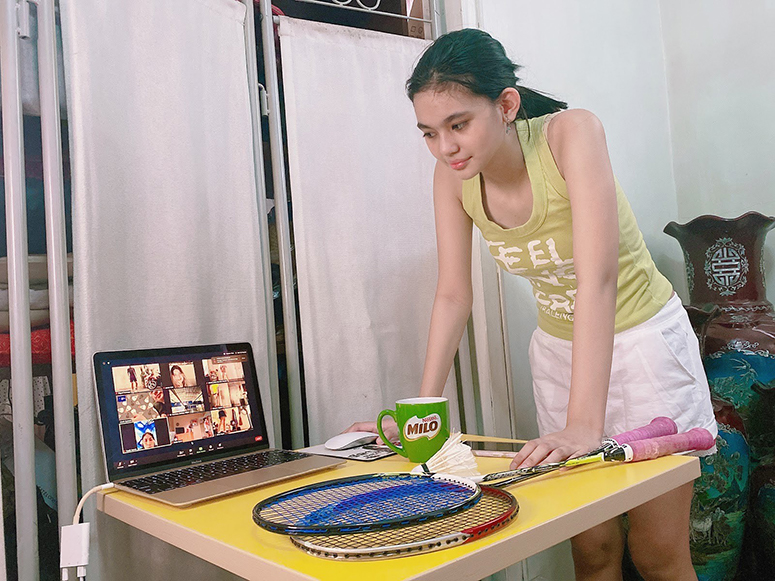Active kids are happier
Dr. Marla Frances Mallari, chairman of the University of the Philippines College of Human Kinetics (CHK), reminds parents that 60 minutes of moderate to vigorous physical activity is recommended daily for children (six to 18 years old) for their optimal growth and development. They could also throw in some muscle and bone strengthening activities thrice a week.
Sadly, lack of physical activity in children is a global problem. To help address this, especially during community quarantine, CHK initiated the SIPA-in COVID initiative, an information campaign to promote physical activity for the well-being of Filipinos.
CHK also partnered with Milo to create online programs that instill in parents the importance of physical activity for their children’s holistic development.
THE PHILIPPINE STAR: How active are kids nowadays? Is there an uptake or a downtrend generation-wise?
DR. MARLA FRANCES MALLARI: There seems to be a downtrend when it comes to physical activity levels of children nowadays. A study done in China reported that 80 percent of 11 to 18 year olds are physically inactive. Research done in Australia in 2015 reported only 19 percent of children (aged five to 17 years) and 16 percent of children (six to 12 years old) in Switzerland are physically active. In the Philippines, fewer than 10 percent of Filipino children aged 11 to 12 were found to be very active. According to the more recent 2015 Global School- Based Student Health Survey results for the Philippines, only one in 10 (7.3 percent) high school students aged 13 to 15 were physically active for at least 60 minutes per day. Less than half of these high school students (46.6 percent) attended physical education classes on three or more days each week during the school year when the survey was implemented.

The Milo Sports Clinics Online is a free digital sports program developed by UP-CHK developed for parents and their kids.
What are the factors that affect such increase or decrease in physical activity?
Increase in prevalence of sedentary behaviors such as TV viewing and computer use might be preventing youths from engaging in physical and social activities, since it replaces reality with virtual interaction. They have also found a general lack of motivation for active play starting at the age of nine. Motivation to do physical activity is replaced with more extrinsic rewards at this point, which without, the child would rather stay inactive. A busier lifestyle of the family might also influence physical activity of children. Children with active parents were found to be six times more likely to be active compared to children with inactive parents. Since children are mostly at home with their parents during the pandemic, UP CHK, together with Milo, created online programs available specifically to address this lack of physical activity. Through the Milo Sports Clinics Online, a free digital sports program on YouTube, UP CHK developed Physical Literacy modules for every parent and child to learn how to develop motor skills.
What are the physical, mental, emotional and social benefits of physical activity to kids?
In the same way that physical activity is a positive experience for adults, children also experience the same increases in release of “happy hormones” during and after exercise. Exercise increases endorphins, dopamine, adrenaline and brain chemicals associated with feeling happy, confident, capable. Low levels of serotonin, a chemical that contributes to stabilizing mood, wellbeing and happiness, has been associated with depression, anxiety, digestion, trouble sleeping. Evidence has also showed that physical activity improves cognition, which could enhance academic achievement in children. Twelve out of 15 studies found significant effects of physical activity on motor skills and cognitive development on pre-school children. However, since it is known that academic excellence alone does not ensure success nor happiness in life and one’s career, holistic development through education from an early stage of a child’s life has become more important today.
Holistic development aims to develop multiple facets or abilities of the human brain. This includes development of physical capability (including development of gross motor skills and improvement of psychomotor ability or fine motor movements), cognitive ability, emotional ability (related to self-regulation, development of empathy, intra/interpersonal ability) and social skills development (working in a team and cooperation with others). This prepares the child to face the demands and challenges of everyday life, and has been known to prevent underachievement and risk behaviors.
* * *
Post me a note at mylenedayrit@yahoo.com
Banner image from Pexels


